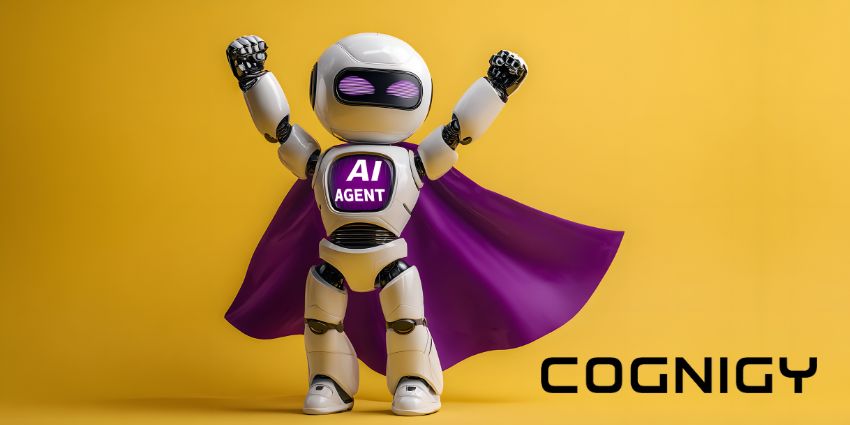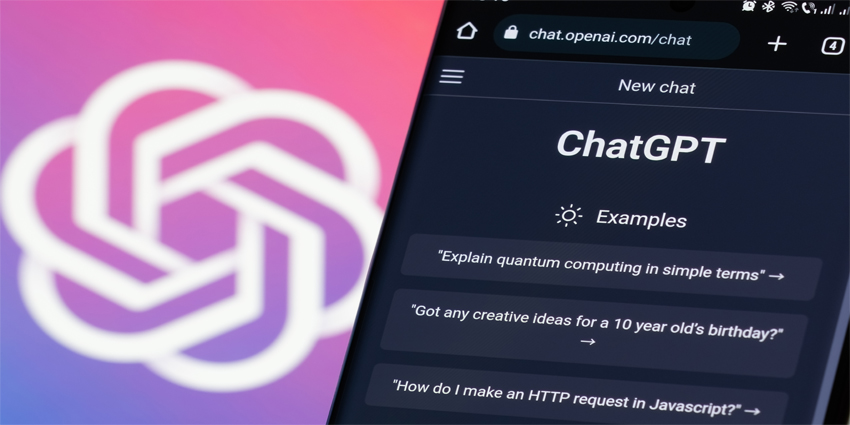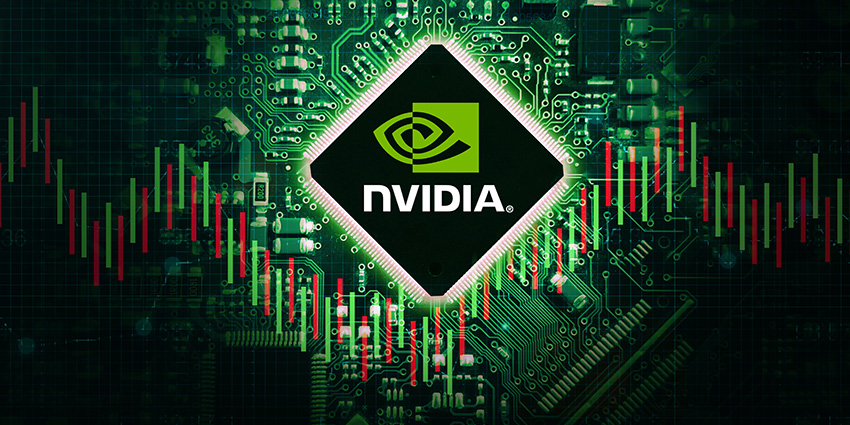The line between human and machine collaboration is becoming increasingly blurred in the digital workplace. AI agents – once seen as basic chatbots or passive co-pilots – are evolving into dynamic digital coworkers, capable of engaging customers, analyzing operational data, and transforming business workflows. However, as these technologies become more sophisticated, many organizations are still grappling with what exactly AI agents are – and what they are not.
As Cognigy’s Vice President, Alan Ranger, explains, there’s still a widespread misunderstanding about what AI agents can do. “Most people think AI agents are still co-pilots – tools that assist human advisors with suggestions or summarizing emails,” Ranger notes. “But we’re now entering a phase where AI agents can independently handle tasks with near-human conversational quality.”
This evolution marks a shift away from the early “bots that suck” – rigid, rule-based systems that often frustrate users. Today’s leading AI agents are conversational and adaptive and can resolve a broader range of tasks. They combine deterministic conversational AI platforms that keep conversations on track with the broader understanding and fluidity of large language models (LLMs).
More than Just Customer Service
While customer-facing roles in contact centers have been the primary playground for AI agents, their reach is expanding. Ranger highlights emerging use cases in back-office operations, such as billing departments, training functions, product feedback loops, and even brand development.
“AI is becoming a tool to interrogate systems and knowledge bases,” he says. “Contact centers often detect product or service issues before operations teams are even aware. With AI agents plugged into these conversations, businesses can act faster and smarter.”
The ability of AI agents to spot trends across vast datasets makes them valuable not just for service but also for strategic decision-making. Imagine an AI agent that notices an unusual spike in complaints about a specific product model or shipping issue – it can flag potential systemic problems in real time, closing service gaps and uncovering the root causes long before traditional processes catch up.
The Shift from Human-First Design to AI-First
Integrating AI agents isn’t just a technical task – it’s a cultural and architectural one. Many legacy systems, especially contact center platforms, were built with only human agents in mind. This outdated approach forces AI to “act human” in ways that limit its true potential.
Ranger suggests a more outcome-oriented model: “We need to stop designing around human agents and start designing for outcomes. AI agents should be integrated not as a bolt-on but as core service architecture components.”
Technically, this means more direct integrations – AI agents managing their phone lines or back-end processes without routing through central IT or contact center infrastructure. It also means building orchestration layers allowing AI to navigate departments and datasets freely.
A Blended Future
As businesses continue to adopt hybrid work models, the workforce itself is becoming hybrid – humans working alongside AI teammates. And these agents are no longer just support staff; they’re decision-makers, analysts, and even the first point of contact.
The shift isn’t just about replacing human effort. It’s about enhancing what humans can do, spotting what they might miss, and giving organizations the agility to respond in real time.







